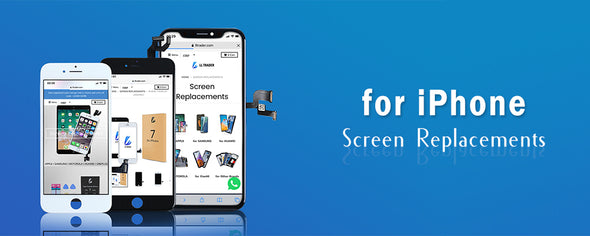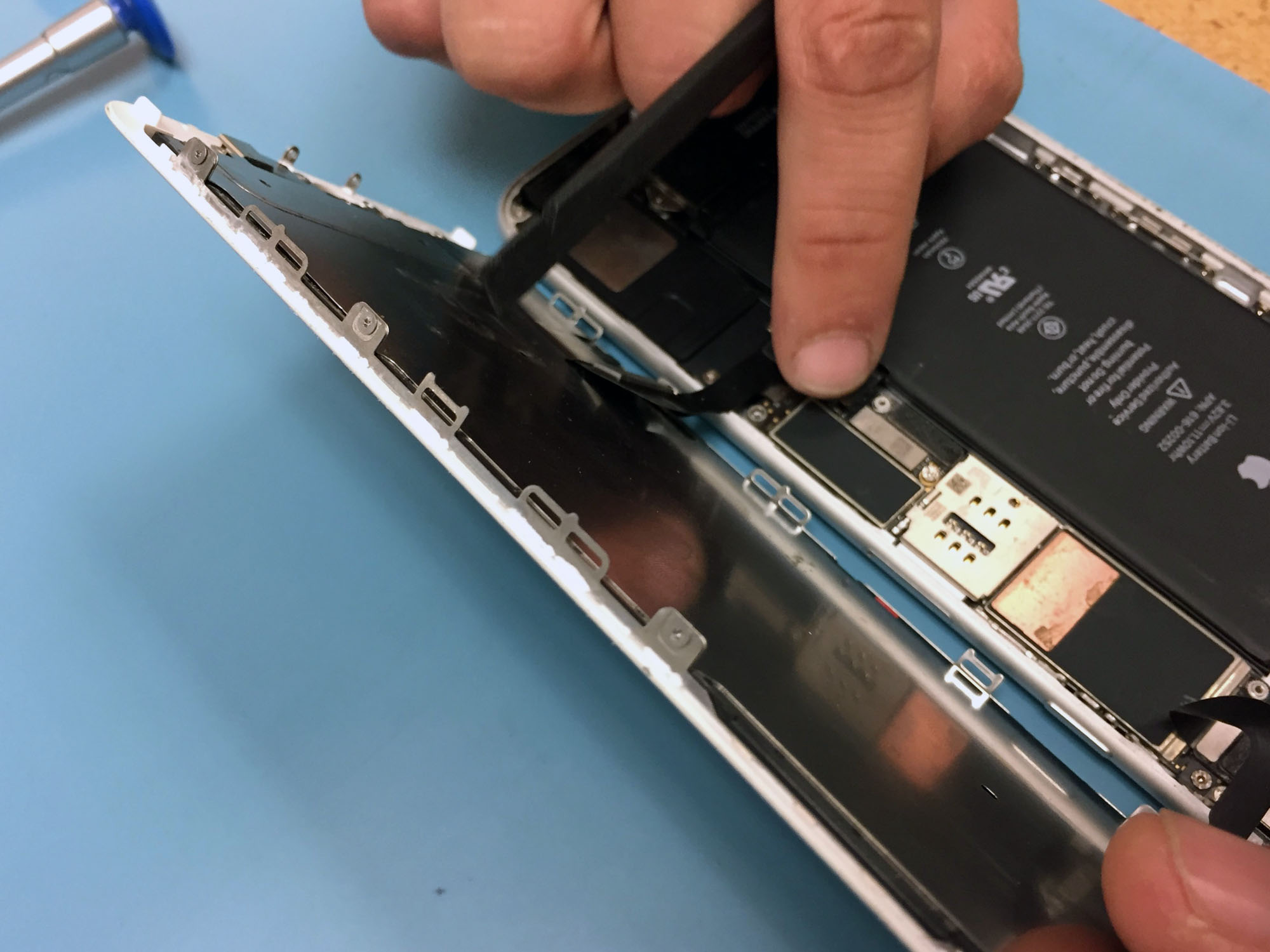The Ultimate Guide to Purchasing iPhone Screen Replacements
Cracked or damaged iPhone display screens can be incredibly frustrating and disruptive. Fortunately, there are numerous options available for purchasing replacement screens, allowing you to restore your device to its optimal functionality. However, navigating the various choices and sources can be overwhelming. In this comprehensive guide, we will provide you with essential information to help you make an informed decision when buying iPhone screen replacements.

1. Identify Your iPhone Model:
The first step in purchasing the right replacement screen is identifying your iPhone model. Apple regularly releases new models, each with unique screen specifications. You can find your iPhone model on the back of the device or by going to "Settings" > "General" > "About" and checking the model number. Knowing your model is crucial for selecting a compatible replacement screen.
2. OEM versus Aftermarket Screens:
Once you know your iPhone model, you'll need to choose between Original Equipment Manufacturer (OEM) screens and aftermarket screens. OEM screens are produced by Apple or its authorized suppliers, ensuring quality and compatibility. Aftermarket screens, on the other hand, are manufactured by third-party companies and are often more affordable. While OEM screens are generally considered safer, some aftermarket screens can offer satisfactory quality. It's important to research the available options for your specific iPhone model.
3. Prioritize Quality and Durability:
When purchasing an iPhone screen replacement, prioritize quality and
durability. Low-quality replacements may result in issues such as poor
touch sensitivity or color distortion. Look for replacement screens made
with high-grade materials and that have undergone rigorous quality
control. Reading customer reviews and seeking recommendations from
reliable sources can help you assess the quality of a replacement
screen.

4. Warranty and Return Policy:
Always check the warranty and return policy offered by the seller.
Reputable screen sellers often provide warranties that cover manufacturing
defects and offer a return policy in case of shipping damage or
receiving the wrong item. A warranty provides peace of mind, ensuring
that you can obtain a replacement or refund if any issues arise.
5. Source Verification:
When purchasing an iPhone screen replacement, ensure that you buy from a reputable source. Avoid purchasing from unknown or unverified sellers, as the quality and authenticity of the replacement screens may be questionable. Trusted sources include Apple Stores, authorized service centers, and well-established online retailers.
6. Pricing Considerations:
While it's important to compare prices from different sellers, be cautious of excessively cheap options. Extremely low prices may indicate subpar quality or counterfeit products. It may be worth paying a slightly higher price to ensure you receive a high-quality replacement screen.
7. Installation Options:
Consider whether you plan to install the replacement screen yourself
or have it done professionally. DIY installation can be cost-effective,
but it requires technical skills. Professional installation guarantees a
correct and efficient replacement, albeit at an additional cost.

In summary, purchasing an iPhone screen replacement involves several
crucial considerations. Start by identifying your iPhone model, choose
between OEM and aftermarket screens, prioritize quality and durability,
check the warranty and return policy, and verify the credibility of the
seller.
While price is a factor, never compromise on quality and
authenticity. By following this comprehensive guide, you can confidently
select the right replacement screen for your iPhone.
If you need iPhone LCD screens, iPad screens and iPad batteries or Hand tools, Power tools, Phone repair tools, Microsoldering Tools, iPhone accessories, China Phonefix is a good choice to get them.
.jpg)
Comments
Post a Comment